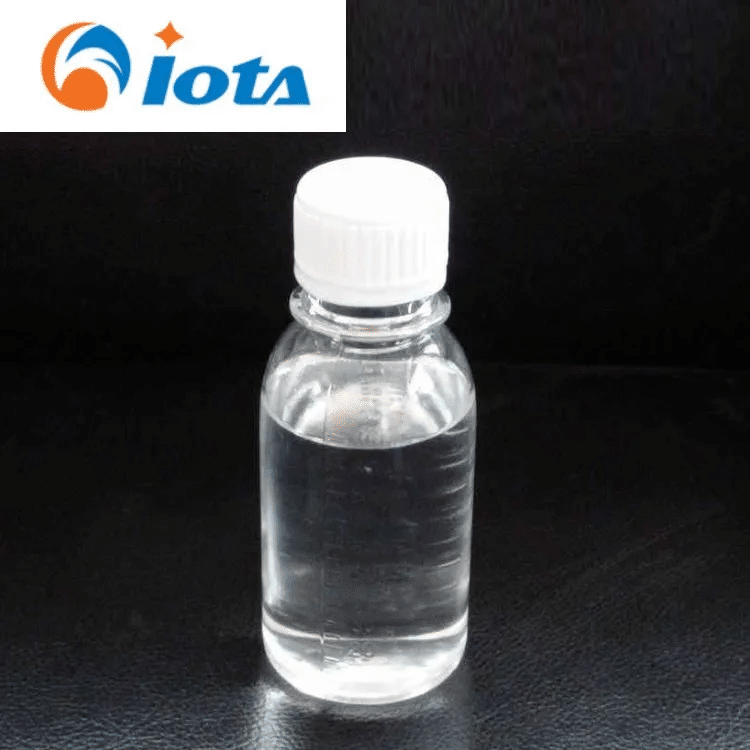Ethyl silicone oil, a silicone compound born in the mid-20th century, gradually moved from the laboratory to the center of the industrial stage due to its unique molecular structure. Its main chain is composed of silicon oxygen bonds (Si-O), and the side chains introduce ethyl groups (- C ₂ H ₅), which endows it with excellent high and low temperature resistance, chemical stability, and electrical insulation.

Under extreme temperature conditions, the performance of ethyl silicone oil is particularly outstanding. Ordinary lubricating oil will solidify below -30 ℃, while ethyl silicone oil can maintain fluidity at -70 ℃; When the temperature rises to 300 ℃, it can still maintain stable lubrication performance, far exceeding mineral oil and synthetic hydrocarbons. This characteristic makes it a "temperature guardian" in fields such as aerospace and deep-sea exploration. For example, in the shock absorption system of rocket engines, ethyl silicone oil can withstand severe vibrations and high-temperature friction during launch, ensuring stable operation of the equipment.
Chemical stability is another major advantage of ethyl silicone oil. It is inert to acids, bases, salts, and most organic solvents, and is not prone to chemical reactions, so it is widely used in the sealing and anti-corrosion fields of the chemical industry. In electronic packaging, ethyl silicone oil is used as a sealing material to isolate moisture, dust, and corrosive gases, protect chips from environmental damage, and extend equipment lifespan.
